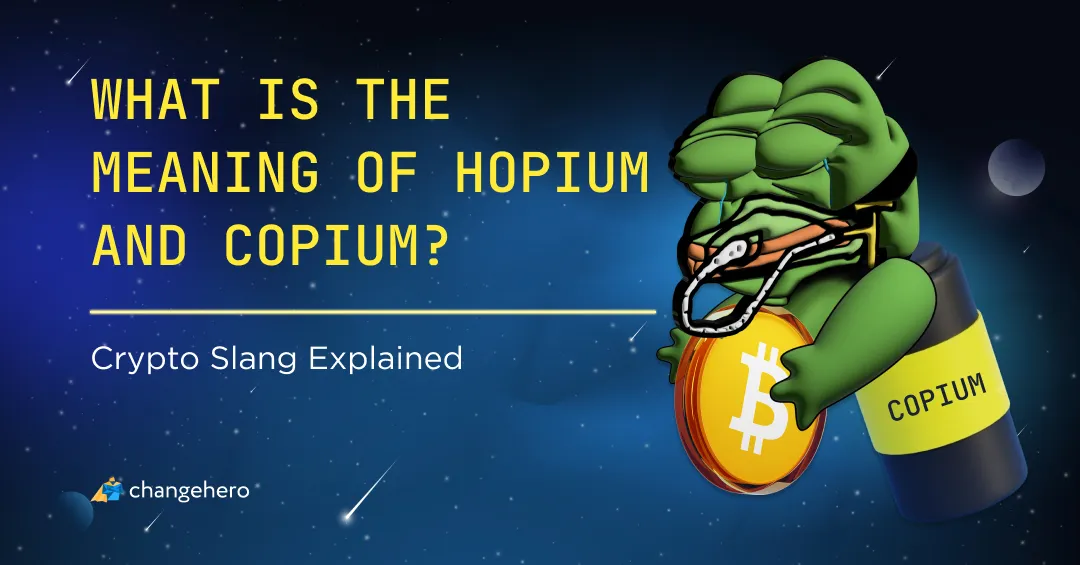Although cryptocurrencies are notorious for their price volatility, this is by far an overgeneralization. There is a whole category of digital assets that are designed to improve on this weak point and deliver on the purpose of using digital currencies instead of fiat money — the stablecoins. In this quick guide, ChangeHero is going to introduce you to one of the most popular stablecoins out there, Paxos Standard (PAX), and explain how it is different from the rest.
A rundown on Stablecoins and PAX
In case you don’t know, a stablecoin is a digital currency, the value of which is backed by another reserve asset. Just like the name implies, stablecoins are designed to overcome volatility that is very common in cryptocurrencies. There are quite a few varieties of stablecoins, collateralized by fiat currencies, other cryptocurrencies or other kinds of collateral like precious metals or commodities.
Paxos Standard is a stablecoin pegged against USD on the 1:1 ratio (1 PAX = $1). It was designed to combine dollar payments with blockchain technology, to make payments fast and available anytime. In essence, it is an ERC-20 token. Unlike some digital assets that choose to build on their own blockchain, Paxos chose Ethereum consciously for the simplicity and minimalism of the smart contract. Besides, due to its nature, PAX can be accessed from any wallet that supports Ethereum blockchain.
Origin of And Design behind PAX
Paxos Standard might be the most radical answer to the Tether controversy in 2018 when the company provided dubious proof of backing of the currency. A few market giants saw their opportunity in the light of demand for a regulated alternative to USDT. GUSD, TUSD and USDC all emerged around the same time. However, PAX is different in the regard that it is not backed just by any dollar reserve, but by the dollars in reserve of its issuer, Paxos Trust. Why does that matter?
Well, for one, Paxos’ design was to create a digital currency that can be trusted. For that purpose, they aim for maximum transparency and security of the reserves. Paxos owns a legal charter from the New York State Department of Financial Services — an authority said to provide the most rigorous overview of the financial sector. As for transparency, Paxos regularly has Nomic Labs audit the PAX smart contract and Withum — its account reserves.
The People Behind PAX
Paxos is a long-established player on the market, founded in 2012. They have operated the itBit exchange in Singapore, but with the receival of a limited-purpose trust chapter from NYDFS in 2015, the range of the activities they were empowered to provide within the legal framework has expanded. According to their official website, they have been working on tokenization projects long before the need for Paxos Standard arised.
First and foremost, Paxos is a trust company. A trust company acts as a custodian or provisioner of services to third parties, therefore, these kinds of companies are subject to a higher level of regulation. Paxos sell their products on transparency and for that purpose, they publish monthly audit reports.
The members of their board of directors have extensive experience in innovation in technology and science, and their advisory board consists of members of American supervisory and regulatory legal bodies, among others.
Value and Adoption
As it has been said before, the value of PAX is backed one-to-one by USD deposits in Paxos’ custody. The company operates under the guarantee that PAX tokens are and will always be available for exchange and redeemable one-to-one for USD. To keep the value consistent, PAX tokens correspond to the amount of the USD in custody, and any tokens redeemed get burned.
At the time of publishing, Paxos Standard ranks 29th with $260,496,428 USD in market cap according to CoinMarketCap.
As a token, PAX has seen avalanche-like adoption on exchanges and other platforms like wallets and payment providers as early as within the first months of its life cycle. Last September marked PAX’s first anniversary, and so far they seem to be doing equally well. At the moment, they are working closely with BitPay, Nexo, Nitrogen Network, Bidali, Bleumi, Spend to provide cryptocurrency-related services with a stablecoin solution. So far, of course, the adoption of Paxos Standard is more within the crypto sphere rather than for institutional use, but with the expanding network of partnerships at Paxos, this might change in the future.
Paxos Family of Tokens
As it has been said before, Paxos has experience in tokenizing securities, commodities and precious metals, and they didn’t stop on PAX. In collaboration with Binance, they developed the BUSD token, operating on the same principles as PAX (1 BUSD = $1, backed by Paxos Trust reserves and redeemable from them) but also supported on the BEP-2 network. In the same vein, Paxos has developed PAX Gold (PAXG) pegged against physical gold in their custody.
Conclusion
The key takeaway is that PAX is meant to be used as a digital dollar. While it might deter some, for there is no community governance and the token is obviously centralized, in return, PAX delivers on a promise that it can and will be considered a valid digital alternative to USD and a regulated one to other USD-pegged stablecoins.
And last but not least, don’t forget that you can exchange your assets for PAX at ChangeHero any time of the day, without signing up and at the best rate.
Also, check out ChangeHero’s take on stablecoins here.
Enjoyed the article? Let us know by clapping, leaving a comment, your feedback means a lot!
Subscribe to ChangeHero Blog for more of such interesting content. Follow us on Twitter, Facebook, Reddit, Telegram and be the first to get notified.








